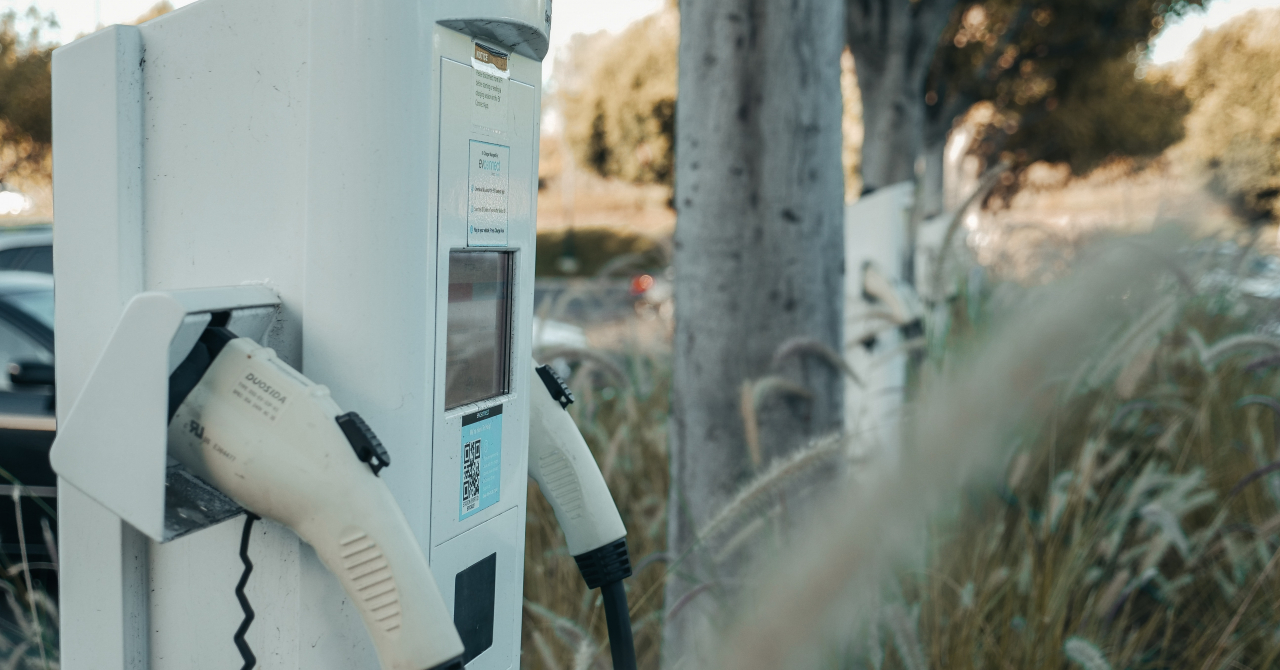According to Clean Tehnica, increasing charging speeds isn't as straightforward as it might seem, since charging the batteries too fast might damage them and even pose a fire hazard.
A team of researchers at Idaho National Laboratory might have designed a new way to charge vehicles rapidly, even in 10 minutes or less without the risk of damaging them.
Eric Dufek, Ph.D., lead-author of the study, said that "fast charging is the key to increasing consumer confidence and overall adoption of electric vehicles. It would allow vehicle charging to be very similar to filling up at a gas station."
With current lithium-ion battery technology, charging implies moving ions from the cathode to the anode of the battery, which generates heat.
Moving ions too quickly can be dangerous, as it can lead to lithium metal to build up, which can generate an early battery failure.
Just like with smartphones, companies try to compensate this problem by using custom battery packs and circuits, which can allow batteries to charge faster and with fewer risks, but this varies from one company to another.
Dufek and his team may have discovered a way to enable vehicles to charge as fast as they possibly can, without damaging the battery.
By using machine learning, which are able to understand the charging limits of a certain vehicle, the new technique basically creates uniquely tailored charging protocols for each EV, allowing it to safely charge at its maximum potential speed.
"We’ve significantly increased the amount of energy that can go into a battery cell in a short amount of time. Currently, we’re seeing batteries charge to over 90% in 10 minutes without lithium plating or cathode cracking", Dufek said.
According to the lead researcher, his team's goal is that future charging stations will implement this system in order to allow all electric vehicles to charge at their peak speed, regardless of the charging standard implemented by the carmakers.
The research of the new technology was founded by the Vehicle Technologies Office from the U.S. Department of Energy.
 Mihai - Cristian Ioniță
Mihai - Cristian Ioniță












Any thoughts?